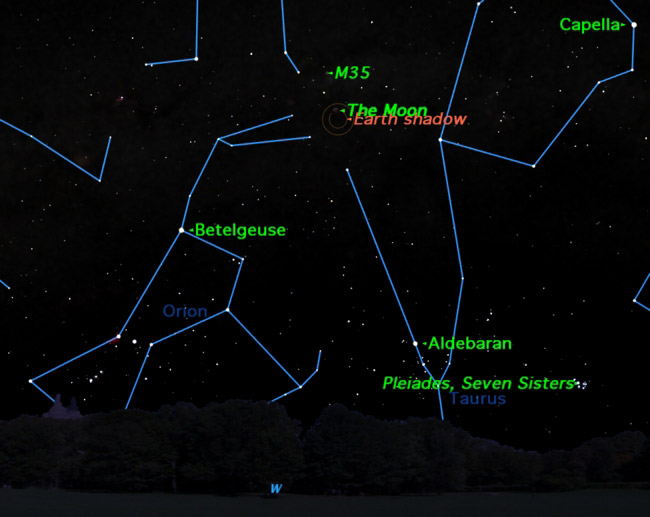Source: SpaceWeather.com
TOTAL ECLIPSE OF THE MOON: The Moon is about to pass through the shadow of Earth, producing a colorful lunar eclipse. Sky watchers in the Americas, Australia, Pacific islands and parts of Asia can expect to see the full Moon turn beautiful shades of red and turquoise for nearly an hour on Wednesday morning, Oct. 8th.
On October 8th there will be a total eclipse of the Moon. Got clouds? No problem. The event will be broadcast live on the web by the Coca-Cola Science Center.
DON’T MISS THE LUNAR ECLIPSE: On Wednesday morning, Oct. 8th, there will be a total lunar eclipse. Sky watchers in the Americas, Australia and most of Asia can see the full Moon turn red as it passes through the sunset-colored shadow of Earth: visibility map. The show begins at approximately 9:15 UT (2:15 a.m. PDT) when the Moon makes first contact with the core of Earth’s shadow. Totality, when the Moon is fully shadowed, begins at 10:25 UT (3:25 a.m. PDT) and lasts for nearly an hour. Resources:NASA video, animated eclipse, live webcast.
During the eclipse, the Moon will look like this:
